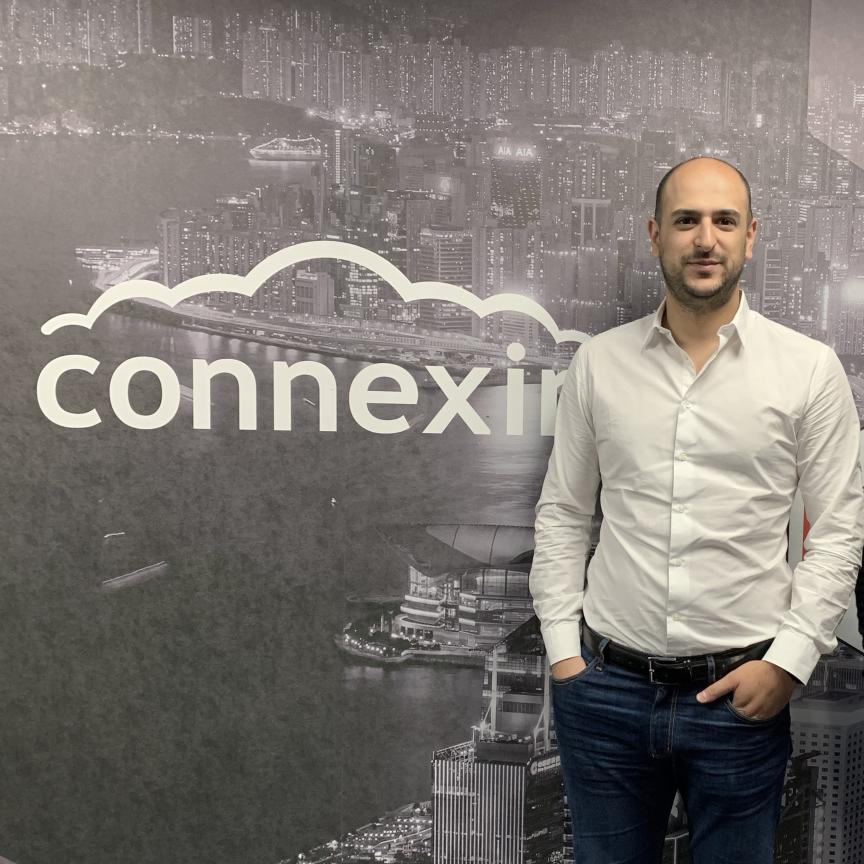In the Spring edition of Fibre Systems, we looked at how to recruit and retain great telecoms talent, but what about once the recruitment process is complete?
A recent report from AI talent intelligence firm Eightfold AI entitled: ‘What telecoms need to build a future-ready workforce’, found that, with a constantly evolving skill mix due to automation, emerging technologies, and new business models, some of the more familiar telecom roles are undergoing a transformation.
Specifically, many of the most common roles and skills don’t currently address innovation trends. When it comes to technician roles such as switch engineers, network technicians, network administrators, and business support systems engineers, the report found that 33 per cent of the top network engineering and operations roles are not yet equipped with future skills to address trending innovations.
To overcome its current talent challenges, the report offered three advisory points. First, upskill and reskill the current workforce. This could start by identifying alternative rising career paths, such as network technician into cyber security engineer, by evaluating skills adjacencies and outlining the skills requirements into those future roles.
Second, said the report, calibrate roles with future skills to build out career paths based on the rising skills within other fast-growing companies; and third, hire for potential to tap into a significantly larger pool of qualified talent. Kamal Ahluwalia, president of Eightfold AI, explained: ‘Speed and scalability are everything in the race to deliver the next big thing. This sense of urgency is compounded by the fact that telecoms constitute a backbone for all other emerging technologies to function and evolve. Now is the time to upskill the existing workforce, build a skills-based employee experience, and attract the brightest minds in the industry to accelerate this digital reinvention for telecoms.’
Getting the most out of training
Luckily, the telecoms industry has a number of organisations helping network owners, operators and ISPs to do just that. As part of the Bridging the skills gap series of webinars, in association with the Society of Cable Telecommunications Engineers (SCTE), Steven Harris, executive director, education and L&D Sales at SCTE, explained how the not-for-profit organisation actually covers a lot more than just training and certification. But when it comes to training in particular, he revealed that the organisation is more of a society than a provider alone. ‘It’s not just taking a class or a certification, checking the box and moving on. It’s important to actually join in and learn every day through networking, through reading magazine articles or through webinars.’
The organisation offers more than 600 modules of training content for today’s industry, with almost 100,000 courses taken between 2019 and 2021, and it works with more than 110 different operators globally. Highlighting the difference between training and certification, Harris said: ‘When you take a training class with us, it’s about gaining knowledge. Training is about maps and learning objectives, set out into what we want the individual to come out with, for example, how to splice fibre using the proper tools. It provides you with a certificate that you have completed the training in class, so you have the knowledge. Why we started certifications – and we had these before we offered the training – is to drive the skills and abilities. When you take a certification, we are testing, not only your knowledge, but your skills and how you are using those skills to develop your abilities.’
The company worked with industry to develop 13 certifications across different job roles in the industry, from ‘boots to suits.’ Notably, becoming evermore popular are those associated with FTTH and access and transport.
SCTE’s learning framework was designed five years ago to take on board the ever-changing network, partnering with Bloomberg University to create its own, patent-pending virtual learning framework, VirtuLearn. It opens with micro-lessons, because ‘small chunks of content are easy to retain and reinforce previous learning.’ There are also electronic books available that can be taken anywhere on a device and referred to. For the practical learning, there is a whole 3D telecoms world built to try out what participants have learned.
Interestingly, Harris and the team at SCTE discovered that gaming could play a key role in training courses, and introduced a gaming module called VirtuGame, where learners participate in a competitive series of fun mobile games that improve knowledge absorption and retention. These all help participants come out of the virtual learning with valuable skills.
But, Harris believes, in many cases there is ultimately no substitute for physical learning. ‘Education takes place on so many levels, it’s not just taking an online or an in-person class. As far as the workforce is concerned, online training is very good at addressing competencies, skills gaps, and aligning to job roles, but we also found that the practical skills are so important.’
In terms of SCTE’s offering in this area, the organisation brings learners in and trains them, in-person with a certified instructor and they can learn practical experiences like optical power measurements, learning the new DOCSIS, and many more.
These experiences are available in more than 65 chapters throughout the world. Operators can also receive measurements to show that the training has been successful to prove return-on-investment.
Turning to apprenticeships, Charlotte Goodwill, CEO at the UK-based Institute of Telecommunications Professionals (ITP) – the independent institution for telecoms professionals – revealed what the organisation has been doing to help bridge the skills gap via apprenticeships. She said: ‘Our vision is all around education and our role is to ensure that everyone can be the best they can be through apprenticeships and career development and to help companies develop their best talent.’
The ITP’s focuses for the year include recruiting 150 to 170 apprentices, to build the UK’s digital talent pipeline and to bridge the gap with apprentices. It also aims to assist partners in providing full fibre connectivity across London and other areas of the UK.
Mind the gap
Goodwill revealed that nine out of 10 organisations admit that they have a shortage of digital skills, impacting negatively on their productivity, efficiency and competitiveness. ‘But,’ she said, ‘they aren’t sure how to address this, or where to even start. By 2024, it is estimated that almost 50 per cent of jobs will require higher-level education, so it’s really important to act now.’
The problem areas, said Goodwill, include cyber security, cloud-based infrastructure, data management/analytics, unified communications and network engineers. ‘One in three organisations don’t currently have adequate cyber security capability,’ she said. ‘The long-term solution to this is apprenticeships.’
The benefits of apprenticeships to learners are that they have a real job where they can gain experience while also receiving employee benefits such as a wage, contract of employment and annual leave. The benefits to employers are increased productivity and improved quality of product or service offering, and existing staff can also undergo apprenticeship schemes if they meet the right criteria. ‘They also bring fresh ideas, loyalty and a passion to learn,’ said Goodwill.
Interestingly, explained Goodwill, previously, apprenticeships were not open to anyone who had not achieved a ‘C’ or above in Maths and English GCSEs. ‘So,’ she said, ‘to open up the opportunity, this requirement was removed. Now, anyone can be an apprentice, and they can sit functional skills alongside that.’
Goodwill provided a case study surrounding the ITP’s work with Vorboss, which is building high-capacity enterprise-focused fibre networks across the UK. ‘To meet Vorboss’s business objectives, we worked closely with the company to build its own bespoke training programme and apprenticeships, which have seen more that 150 new starters,’ she explained. Importantly, the ITP worked with the company to support under-represented groups with initiatives such as Female First. ‘This has been a real opportunity,’ said Goodwill, ‘for our industry to increase the diversity and inclusivity of its workforce and we’re proud to say the campaign resulted in 36 per cent of engineers being female. It’s only 18 per cent industry-wide.’
When it comes to results for Vorboss, by the end of 2021, almost a quarter of its team were apprentices, and headcounts had been boosted by a massive 300 per cent, including the recruitment of more than 100 apprentices. ‘They have become real assets,’ said Goodwill, ‘and crucial in helping Vorboss meet its business objectives.’


